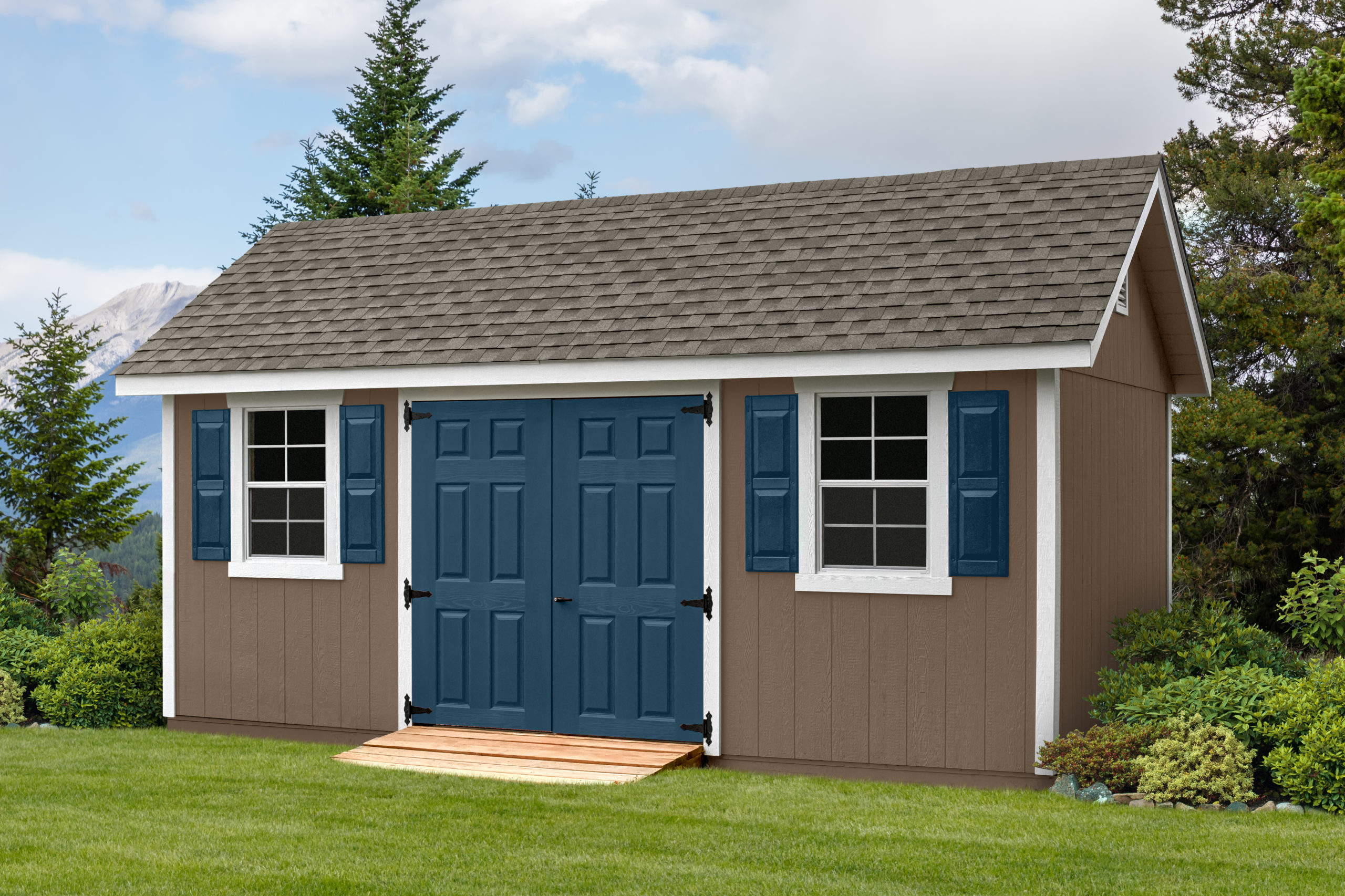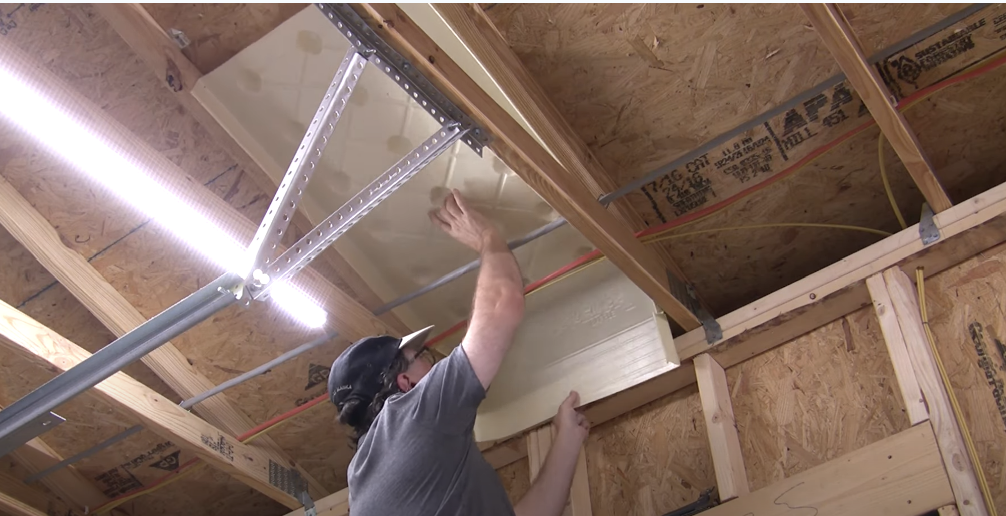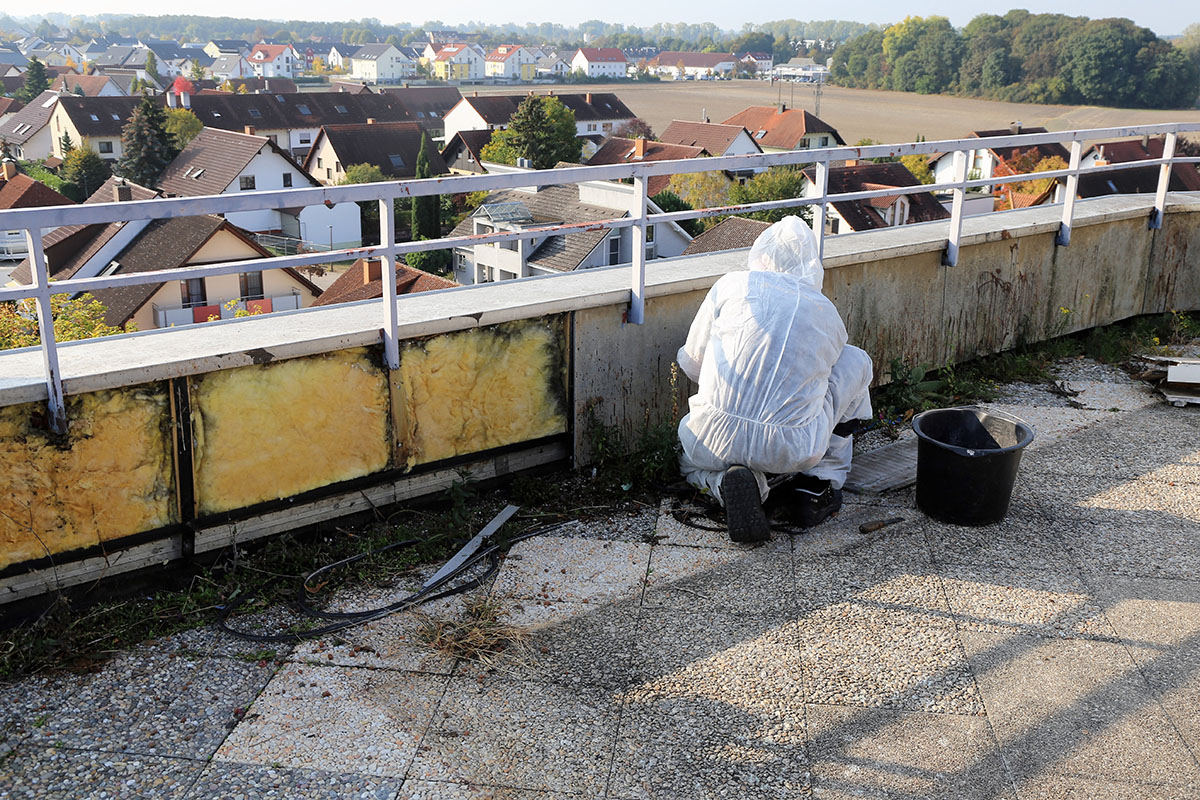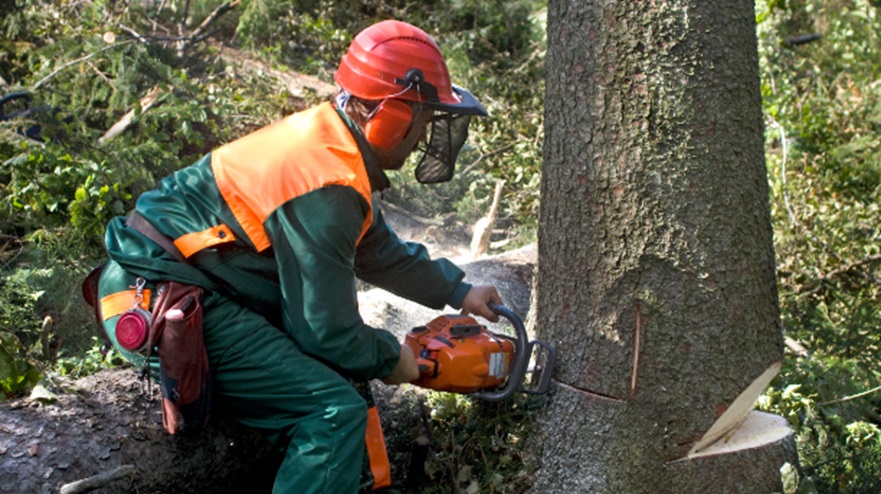Termites are among the most persistent and destructive pests that can invade a home. Understanding their lifecycle is crucial in effectively managing and implementing pest control strategies to prevent infestations and protect property. This article will delve into the intricate life cycle of termites, providing valuable insights for homeowners and pest control professionals like https://saelapest.com/.
1. The Termite Lifecycle Stages
The life cycle of termites consists of several distinct stages: the egg, nymph, and adult. Each stage plays a crucial role in the development and survival of the termite colony.
Egg Stage The life cycle begins when a termite queen lays eggs. The queen, capable of laying thousands of eggs in her lifetime, ensures the colony’s continuous growth. These tiny, translucent eggs are carefully tended to by worker termites until they hatch.
Nymph Stage Upon hatching, termite nymphs emerge. Nymphs are immature termites that undergo a series of molts as they grow. This stage is vital for the differentiation of termites into various castes within the colony: workers, soldiers, and reproductive termites (alates).
Adult Stage As nymphs mature, they transform into one of three adult castes. Workers, the most numerous, are responsible for foraging and feeding the colony. Soldiers, equipped with large mandibles, defend the colony from threats. Reproductive termites, or alates, are the future kings and queens, leaving the colony to establish new ones.
2. Caste System and Roles
Termites exhibit a highly organized caste system, each caste having specific roles and responsibilities crucial for the colony’s survival and expansion.
Workers termites are the backbone of the colony. They perform tasks such as foraging for food, feeding other members, and maintaining the nest. Their tireless efforts ensure the colony’s sustenance and growth.
Soldiers are the colony’s defenders. Their large mandibles are designed for combat, protecting the colony from predators such as ants. Despite their fierce appearance, soldiers rely on workers for nourishment, as they cannot feed themselves.
Reproductive Termites or alates, play a pivotal role in the termite lifecycle. During certain times of the year, typically in the spring and summer, alates swarm from the colony to mate and establish new colonies. Once they land, they shed their wings and begin the process of creating a new termite community.
3. Swarming and Colony Establishment
The swarming of reproductive termites is a critical event in the termite lifecycle. Swarms usually occur during warm, humid conditions. After swarming, the alates pair off, and each pair searches for a suitable nesting site. Once a site is found, they shed their wings and begin to reproduce, forming the foundation of a new colony.
Initial Nesting The newly established king and queen start by excavating a small chamber, where the queen lays her first batch of eggs. Initially, the queen lays only a few eggs, but as the colony grows, her egg-laying capacity increases significantly.
Colony Expansion Over time, the new colony expands as the queen lays more eggs and the workers take over the tasks of foraging and caring for the young. This expansion phase can be rapid, with colonies growing to thousands or even millions of individuals, depending on the species and environmental conditions.
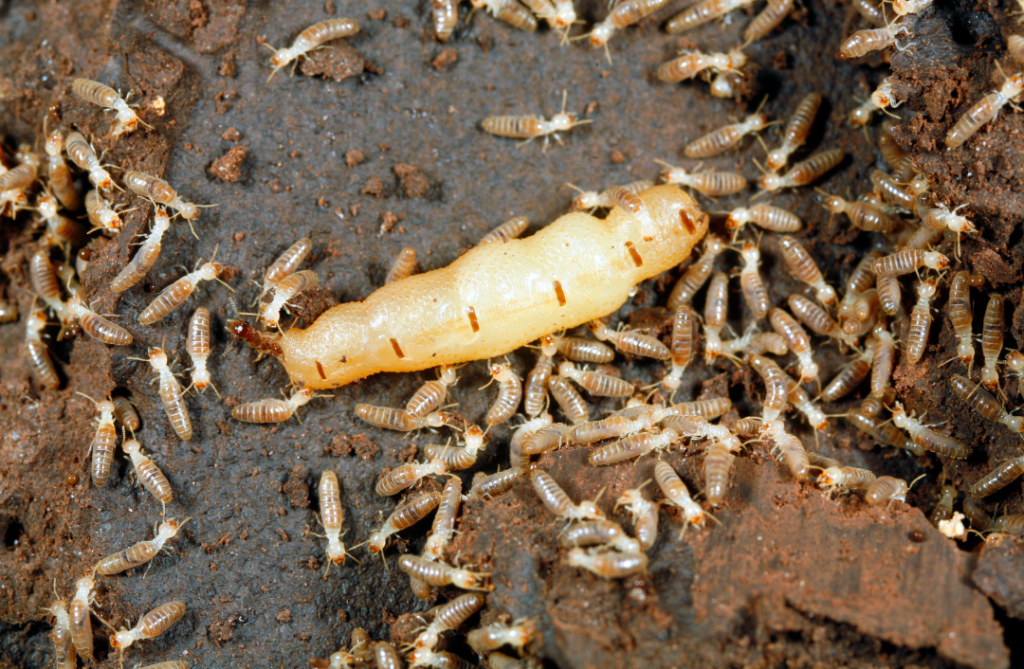
4. Impact on Homes and Pest Control Measures
Understanding the lifecycle of termites is crucial for effective pest control. By recognizing the signs of termite activity and understanding their behavior, homeowners can take proactive steps to prevent infestations.
Signs of Termite Activity Common signs include mud tubes on walls, hollow-sounding wood, discarded wings from swarming alates, and visible damage to wood structures. Early detection is key to minimizing damage and implementing control measures.
Effective Pest Control Strategies Implementing comprehensive pest control strategies is essential. Regular inspections by pest control professionals can identify and address termite activity before it becomes a significant issue. Treatment options include chemical barriers, baiting systems, and physical barriers to prevent termites from accessing the home.
5. Preventive Measures for Homeowners
Homeowners can take several preventive measures to reduce the risk of termite infestations. These include:
- Maintaining Proper Ventilation: Ensuring proper ventilation reduces moisture, which attracts termites.
- Eliminating Wood-to-Ground Contact: Keeping wood structures, such as decks and fences, off the ground prevents easy access for termites.
- Regular Inspections: Scheduling regular pest control inspections helps detect early signs of termite activity.
Understanding the lifecycle of termites provides valuable insights into their behavior and the most effective pest control methods. By staying informed and taking proactive measures, homeowners can protect their properties from these destructive pests. For more detailed guidance, consider consulting a pest control professional.






